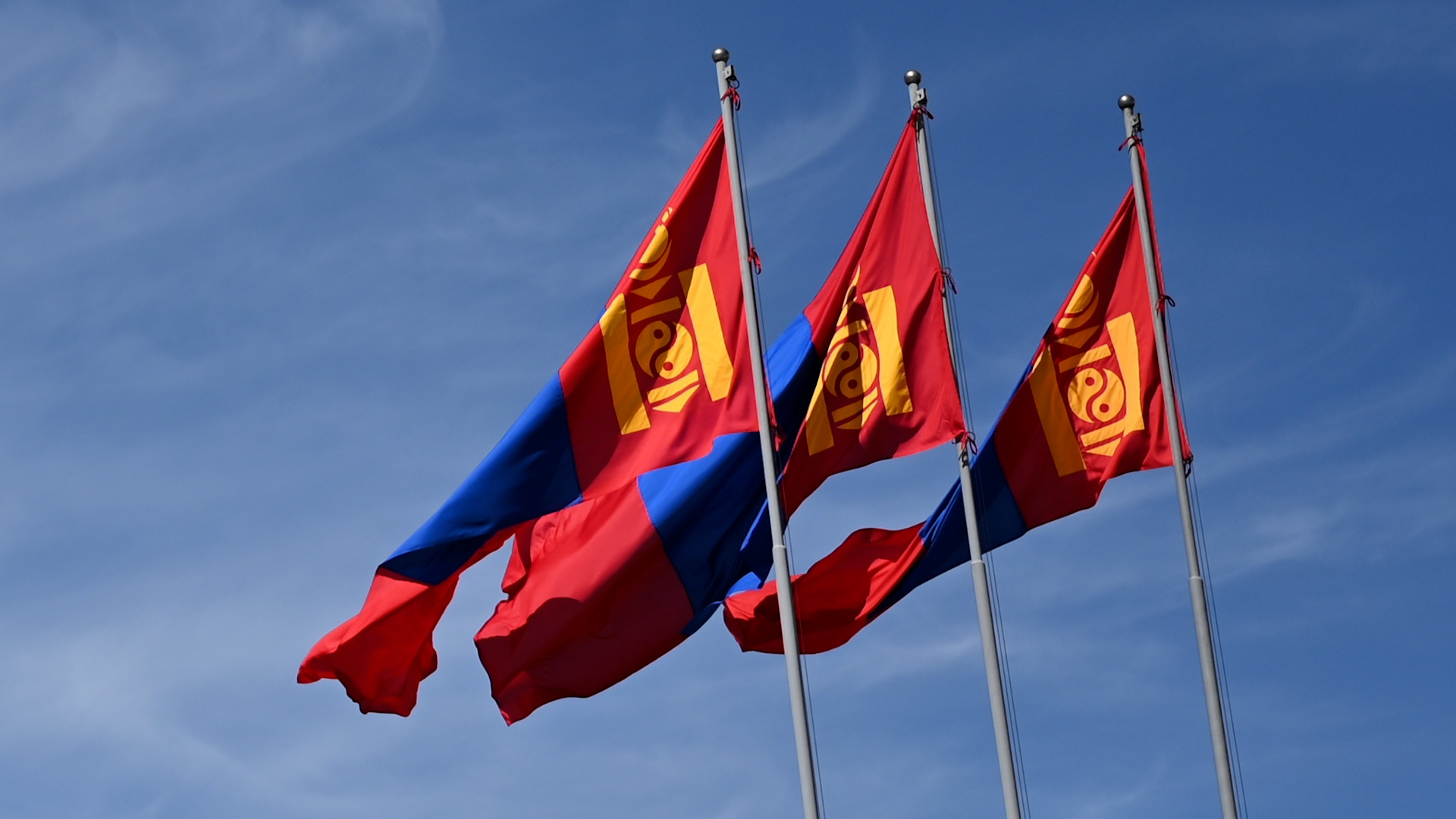
[Jack Aylmer]
MONGOLIA WANTS TO INCREASE ITS COAL EXPORTS TO CHINA BY NEARLY A FIFTH THIS YEAR-
PART OF THE COUNTRY’S BROADER EFFORT TO STRENGTHEN ENERGY COOPERATION WITH INTERNATIONAL PARTNERS.
THIS COMES AS MONGOLIA’S PRIME MINISTER ANNOUNCED MONDAY THE COUNTRY ANTICIPATES ITS COAL EXPORTS REACHING 100 MILLION TONS IN 2025-
UP FROM THE NEARLY 84 MILLION TONS SHIPPED LAST YEAR.
THAT GOAL WAS SET FOLLOWING A RECENT AGREEMENT BETWEEN MONGOLIA AND CHINA WHICH HAS PAVED THE WAY FOR A NEW CROSS-BORDER RAIL LINK THAT WILL ALLOW FOR INCREASED COAL EXPORTS.
THE PROJECT IS EXPECTED TO BOOST CAPACITY BY AN ADDITIONAL 30 MILLION TONS.
THIS IS ONE OF MULTIPLE NEW RAILWAY CONNECTIONS THAT MONGOLIA IS HOPING TO DEVELOP-
WITH THE ULTIMATE GOAL OF INCREASING COAL EXPORT CAPACITY TO CHINA TO 165 MILLION TONS.
BEYOND COAL, MONGOLIA IS ALSO LOOKING TO DIVERSIFY ITS ENERGY SECTOR AND ENHANCE COOPERATION WITH CHINA AND OTHER COUNTRIES IN RENEWABLES, HYDROGEN FUEL, AND NATURAL GAS TRANSIT.
ONE OF THE KEY INITIATIVES MONGOLIA IS PURSUING TO THAT END IS THE LONG-DISCUSSED POWER OF SIBERIA 2 PIPELINE-
A PROPOSED NATURAL GAS CONDUIT LINKING RUSSIA AND CHINA THROUGH MONGOLIAN TERRITORY.
THE PROJECT HAS FACED DELAYS DUE TO PRICE NEGOTIATIONS, BUT MONGOLIA REMAINS READY TO FACILITATE PROGRESS-
AS TALKS BETWEEN THE THREE NATIONS OF A POTENTIAL MEETING BETWEEN THEIR LEADERS TO ADVANCE THE PROJECT ARE REPORTEDLY ONGOING.
ADDITIONALLY, MONGOLIA IS EXPLORING THE POTENTIAL OF USING ITS COAL RESERVES TO PRODUCE HYDROGEN-
AND HAS ENGAGED IN DISCUSSIONS WITH COUNTRIES IN THE MIDDLE EAST REGARDING POSSIBLE HYDROGEN EXPORTS.
MONGOLIA’S NATURAL RESOURCES HAVE LONG BEEN ONE OF THE MOST IMPORTANT ASPECTS OF THE NATION’S ECONOMY-
CONSTITUTING MORE THAN 90 PERCENT OF ITS EXPORTS AND OVER A QUARTER OF GOVERNMENT REVENUE.
WITH INCREASING GLOBAL DEMAND FOR THESE VITAL RESOURCES TO THE ENERGY SECTOR-
MONGOLIA HAS THE POTENTIAL TO LEVERAGE ITS ABUNDANT SUPPLY INTO BECOMING A KEY PLAYER IN THIS MARKET OVER THE COMING YEARS.
FOR STRAIGHT ARROW NEWS, I’M JACK AYLMER.











